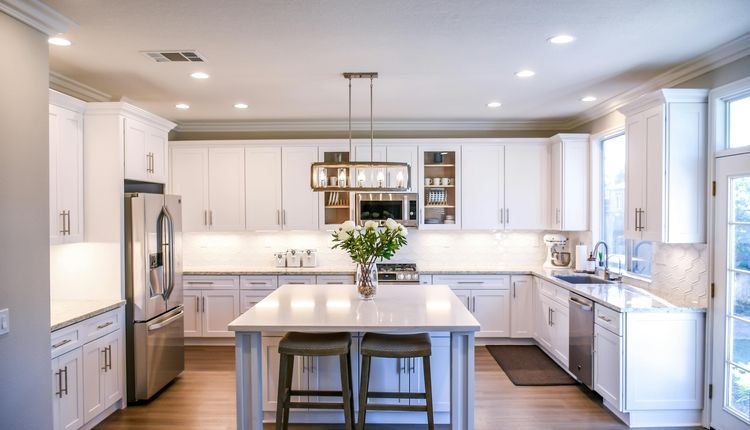Homeowner Insurance
Stork Insurance Agency
Does my homeowners insurance cover flooding?
Standard homeowners and renters insurance does not cover flood damage. Flood coverage, however, is available in the form of a separate policy both from the National Flood Insurance Program - NFIP (888-379-9531) and from a few private insurers.
The NFIP provides coverage for up to $250,000 for the structure of the home and $100,000 for personal possessions. The NFIP policy provides replacement cost coverage for the structure of your home, but only actual cash value coverage for your possessions. Replacement cost coverage pays to rebuild your home as it was before the damage. Actual cash value is replacement cost coverage minus depreciation so that the older your possessions are, the less you will get if they are damaged. There may also be limits on coverage for furniture and other belongings stored in your basement.
Flood insurance is available for renters as well as homeowners. You will need flood insurance if you live in a designated flood zone. But flooding can also occur in inland areas and away from major rivers. Consider buying a flood insurance policy if your house could be flooded by melting snow, an overflowing creek or pond or water running down a steep hill. Don’t wait for a flood season warning on the evening news to buy a policy—there is a 30-day waiting period before the coverage takes effect.
Excess flood insurance is also available from some private insurers for those who need additional insurance protection over and above the basic policy or whose community does not participate in the NFIP. Depending on the amount of coverage purchased, an excess flood insurance policy will cover damage above the limits of the federal program on the same basis as the federal program—replacement cost for the structure and actual cash value for the contents.
Excess flood insurance is available in all parts of the country—in high risk flood zones along the coast and close to major rivers as well as in areas of lower risk—wherever the federal program is available. It can be purchased from specialized companies through independent insurance agents, or from regular homeowners insurance companies that have arrangements with a specialized insurer to provide coverage to their policyholders.
To find out whether private primary flood insurance is available in your area, contact your insurance agent.
Do I need special coverage for jewelry and other valuables?
A standard homeowners policy includes coverage for jewelry and other precious items such as watches and furs. These items are covered for losses caused by all the perils included in your policy such as fire, windstorm, theft and vandalism.
However, there are special limits of liability for certain items, meaning that the insurer will not pay more than the amount specified in the policy. One important limit is for the theft of jewelry. To keep coverage affordable because jewelry can be easily stolen, the standard policy has a relatively low limit of liability for theft, generally $1,500.
If you own valuable jewelry or other items that would be difficult to replace, there are two ways you can increase coverage: by raising the limit of liability or “scheduling” your individual pieces through the purchase of “floater” policies. Raising the limit of liability is the cheapest option; however, there may be a limit on the amount you can claim for the loss of any individual piece, say $2,000, when the overall limit is $5,000.
Scheduling each piece or item may cost more in premiums, but it offers broader protection because the floater covers losses of any type, including accidental losses—such as dropping your ring down the drain of the kitchen sink or leaving an expensive watch in a hotel room—that your homeowners insurance policy will not cover. Before purchasing a floater, the items covered must be professionally appraised. The cost of this service varies depending on where you live.
Courtesy of Insurance Information Institute



